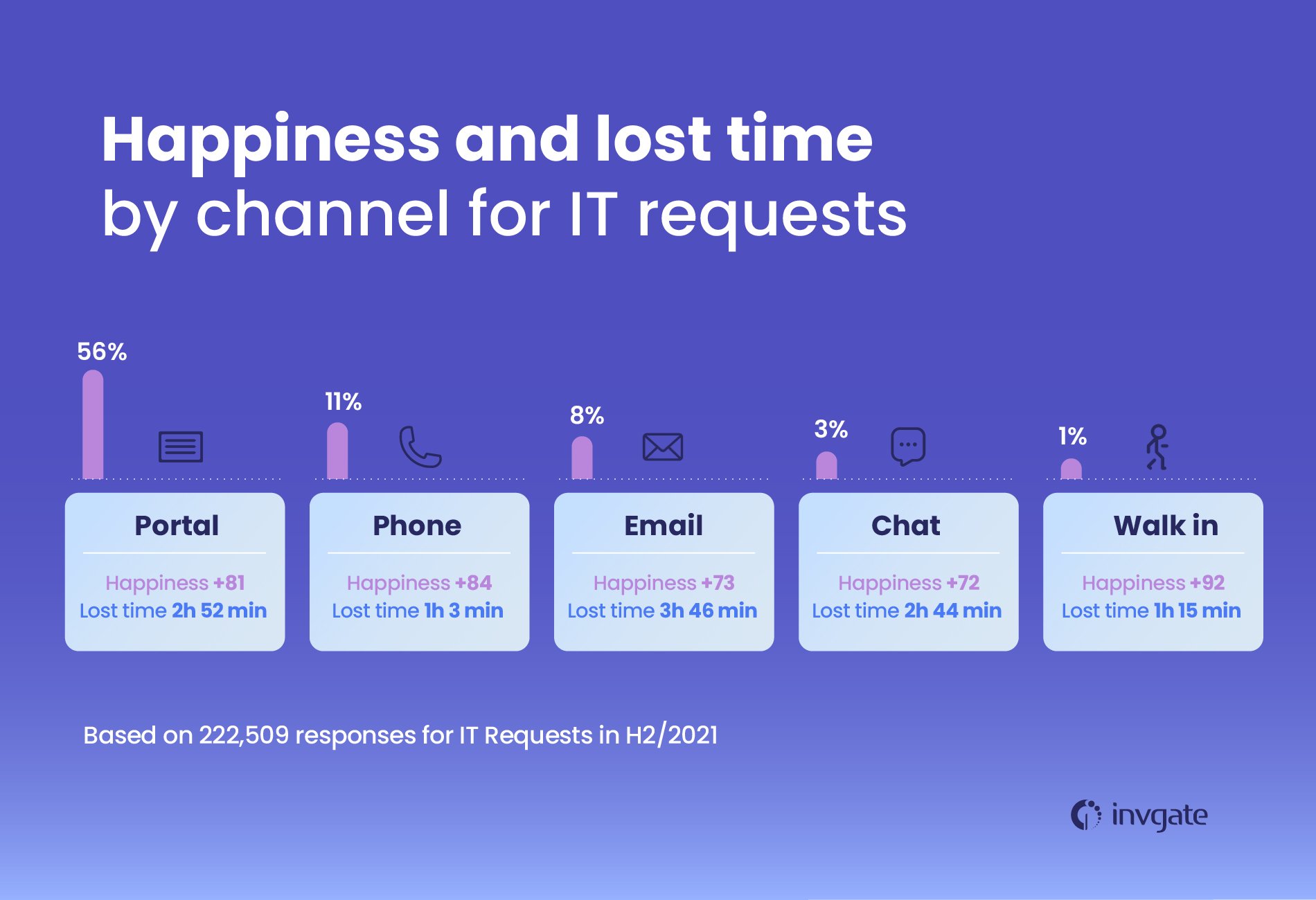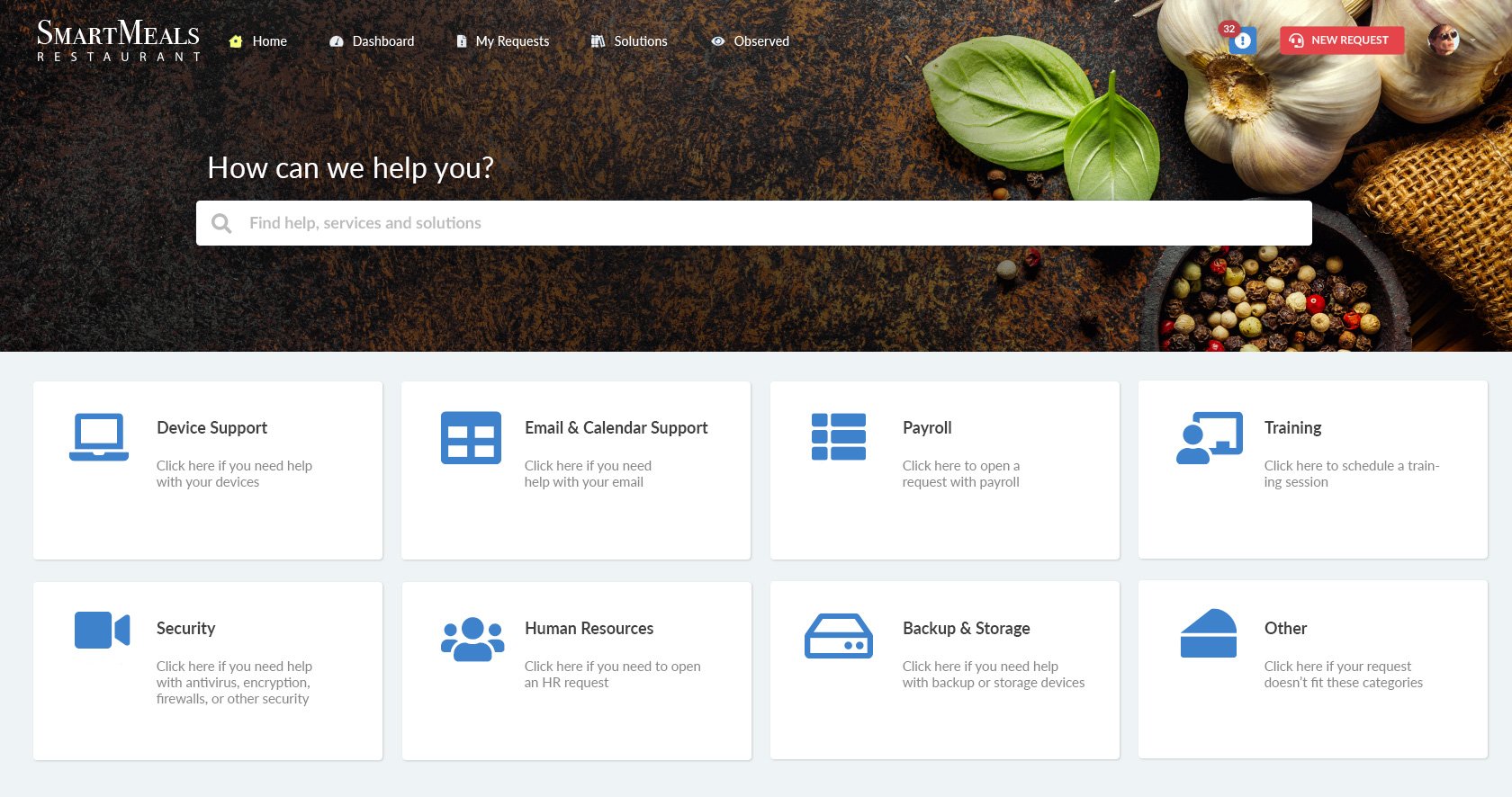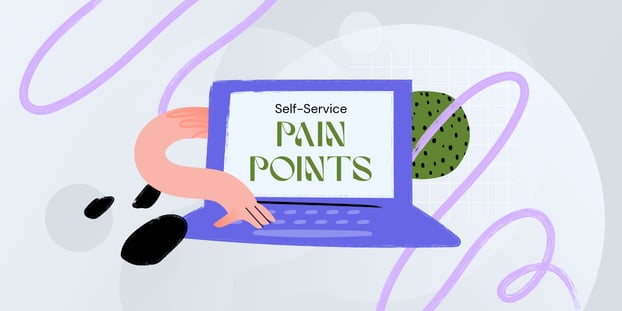How long has the IT industry espoused IT self-service capabilities’ IT support benefits yet failed to realize them fully? They make so much sense, offering “better, faster, cheaper” service and support capabilities. Still, for many organizations, IT self-service capabilities need so much more than the implementation of the required technology.
This might seem a strange thing to say, or write, because self-service capabilities are primarily a technology thing – with the technology replacing the need for human-based IT support thanks to self-help and automation. However, your organization would not be alone if it struggled to get the expected level of employee adoption and, consequently, the benefits it predicted.
Let's explore the common IT self-service pain points and what your organization can do to either avoid or traverse them with its self-service initiative.
The current state of IT self-service success
Five years ago, the Service Desk Institute published a scary IT service management (ITSM) statistic that finally quantified the IT industry’s struggles with self-service. Its research found that:
“The increase in the adoption of self-service tools is undoubtedly due to the range of associated benefits that comes with the implementation of such a solution, most commonly reduced support costs, increased customer satisfaction, and a round-the-clock support channel. However, the number of organizations that have realized these benefits and have achieved the anticipated return on investment (ROI) are few, less than 12% according to recent SDI research.”
Things have improved since 2017, but too many organizations still struggle with IT self-service success. 2021 data from ITSM.tools showed that only one in five organizations (21%) achieved the anticipated ROI for their IT self-service investments. The HappySignals customer experience benchmarking report showed a clear improvement in overall satisfaction with self-service portals, though there's still considerable room for improvement.

This continued lack of ROI is caused by the lower-than-expected levels of employee uptake. While this could be considered the key “pain point” for IT self-service, it’s important to recognize that this is merely the visible symptom of one or more root causes. These are closer to the actual pain points with self-service.
The common pain points of IT self-service
This needs to be the end-user view, i.e. the reasons why employee adoption isn’t at the expected level (and thus, the anticipated benefits are not realized).
These are the common reasons why end-user adoption is low; they’re what create the pain points of IT self-service. They include:
- Focusing on the technology, not the people who will use it
- Being motivated by cost reductions
- Failing to manage the people aspects of the change effectively
- Assuming that employees will switch to self-service because they use it in their personal lives
- Not providing a better experience than with existing IT support channels
- Delivering a capability that loses the user more time and productivity than calling the IT service desk.
These and other factors can contribute to the low adoption and missed ROI for IT self-service capabilities.
How to increase the chances of IT self-service success
There are various avenues you can take in order to maximize your chances of IT self-service success. Of course, creating a self-service portal that is clear, engaging, and easy to use is one of the most important steps you can take. Companies use ITSM tools such as InvGate Service Management to accomplish that. And of course, this strategy must be accompanied with workflows that incorporate ITSM automation and feature a clear ticketing process flow.
Not only does InvGate Service Management allow for the easy creation of customized self-service portal designs, it also follows seven laws of UX to improve the all-around experience and boost adoption. Along with a service catalog and a robust knowledge base (in order to prioritize self-resolution), this helps close the gap between expectation and reality of self-service.

Very few organizations can mandate that employees use the IT self-service capability (rather than the traditionally offered IT support channels). It’s therefore essential that the delivered capabilities and how they are delivered are optimized for delivering what is ultimately a change to the existing ways of working. The recommendations below help achieve this, both for organizations that are only now delivering a self-service capability and those that need to revisit what they already have.
- Rise above the technology implementation to appreciate that self-service is a people change, not a technology initiative.
- Design IT self-service capabilities around employee needs, not the employed technological.
- Focus self-service on employee experience improvement, not cost savings. However, the desired cost savings will be realized if the self-service capability delivers against end-user needs and expectations.
- Leverage organizational change management (OCM) tools and techniques to facilitate the people-change. Regularly communicate the “what, why, and how” of self-service and aim to minimize the potential for resistance to change. This OCM need includes ensuring that employees understand the “what’s in it for me (WIIFM)?”
- Don’t make unfounded adoption assumptions. Expect that employees will need to be encouraged to use self-service and that their experiences (with it) need to promote their further use.
- Don’t release the self-service capability to the whole organization unless you’re confident it delivers against employee needs and expectations. Importantly, it needs to provide a superior experience to existing IT support channels, including not losing the user more time and productivity than simply calling the IT service desk (as they’ve always done).
- Ensure that self-service is an end-to-end capability. Where effective knowledge sharing capabilities and automation, including intelligent automation, take the user through to the resolution they need. If it doesn’t, it’s likely only to be seen as an alternative to using the email channel.
- Employ experience metrics that matter. A key one will be the end-user experience, which can capture what causes both good and bad self-service experiences. However, if you’re only focused on self-service usage levels, then knowing that adoption is dropping but without knowing why will be of little use to future growth.















